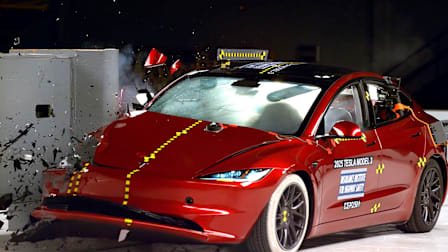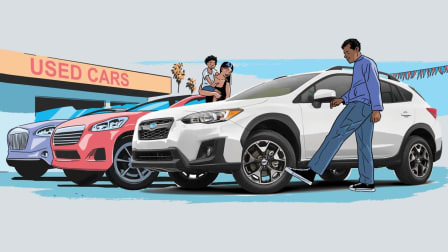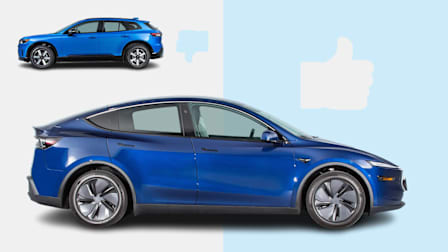How to Protect Yourself in a Multicar Pileup Caused by Fog, Snow, or Ice
Chain-reaction crashes like the deadly one on a foggy Louisiana highway are unpredictable. Here's what to do if you're in one.
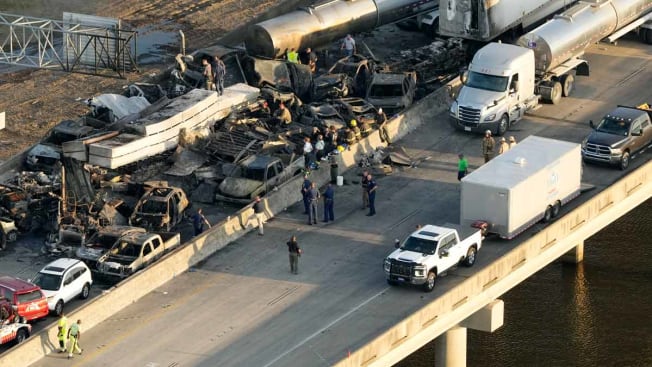
Whether it’s on social media or TV news, it seems like every week there’s another video of a multicar pileup crash on a highway. As fog, smoke, and winter weather increase the risk of severe car crashes, you might be wondering what—if anything—you can do to protect yourself from getting involved in a similar multivehicle crash, or what to do if you find yourself stuck in one.
Once a chain-reaction crash starts, it can be impossible to avoid further collisions, so it’s important to recognize the risk factors for a pileup to prevent it from happening in the first place. Chain-reaction collisions tend to take place when “the driving conditions have changed because the environment has changed,” says Robert Swint, CEO of ATA Associates, a crash investigation firm based in Texas that has analyzed more than 6,000 crashes over 50 years, including many chain-reaction collisions.
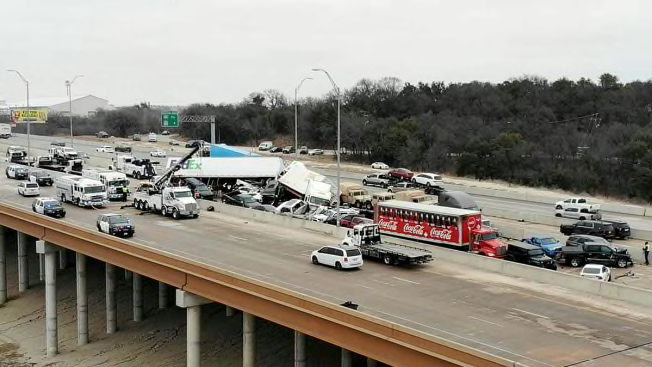
Photo: Amanda McCoy Photo: Amanda McCoy
Don’t make any sudden moves. When the roadway is slippery, even small changes in speed or direction can cause a loss of control, so you must drive slowly and smoothly. “Gradually change your speed, and don’t try to abruptly change directions,” Swint says. If you find yourself traveling too fast, let your foot off the gas instead of hitting the brakes. Applying the brake rapidly can put a car into a skid, where you’ll also lose control over steering. “We like to say that speed is better controlled with the accelerator than the brake,” Van Tassel says. “Just the slightest lift of your foot can help.”
Watch the roads—literally. You know those yellow signs that say “bridge freezes before road”? They’re there for a reason, Swint says. “When there’s open air under the roadway, the road freezes quickly,” he says, which can lead to black ice—a slippery, icy surface that isn’t visible like other kinds of ice and slush. So lay off the accelerator when you approach a bridge or an overpass.

















